Solidarity in Asia ②
Interviewer: Räy Lee, Performing Arts Director & Scenographer
Interviewee: Jennifer Lee, General Manager, Mekong Cultural Hub
Mekong Cultural Hub (MCH) is an organization that empowers diverse cultural practitioners to bring their visions for an inclusive sustainable Mekong Region to life. MCH’s office is in the Taiwanese capital, Taipei but they are mostly active online. It works with people who want to realize their visions at the intersection of arts and society. Since 2018 it has connected more than 150 practitioners from the region to exchange expertise, and to facilitate co-creation and collaboration. At PAMS 2022, MCH’s general manager Jennifer Lee participated in the PAMS Round Table, [Kofice-Asean] on the Reality, Resilience and Transformation of International Exchanges between Asean and Korea to share information and her ideas on solidarity in Asia, which has less public funding and fewer networks.
* This article is the second part of the previous article, “Interview with Jennifer Lee from Mekong Cultural Hub Solidarity in Asia (1)”
MCH’s Main Objective, Networking
Räy: What’s the MCH slogan?
Jennifer: We believe that arts and culture are a great helper for the people living in civil society. We want to share our vision with fellows who have worked with us or participated in our programs, and help realize their vision in their lives. These are our values.
Räy: My understanding is that the main work of MCH is networking, is that right?
Jennifer: Yes, of course, the biggest part of our work is "connecting people." People who come to us are very enthusiastic to find opportunities to collaborate with others. And another major part of our work is "accessing funding."
There are programs related to this: support through understanding ideas, knowledge sharing to understand areas of interest and their context. In this program, people learn from each other and share their knowledge and information. Furthermore, we operate a program to expand this knowledge sharing. It is about understanding and disseminating knowledge. And if the participants who we connected to through our programs want a collaboration, we will do what we can to provide our support including a small budget to get it started. However, we want to make clear that our grant is a very small amount to start or to realize any project. But the grant will allow people to lay the groundwork for starting the project. We can discuss the best way forward for our cooperation and explore our ideas to make them more concrete.
Our goal is not to support the implementation of the project, but to provide funding to start the project. We believe that the process that takes place before starting a project is more valuable. We provide more valuable resources, i.e. time, budget and process. If you participate in our program, you will hear and talk about our exploration and consideration about these three resources.
We cannot predict in detail what kind of results all the projects we’ve supported so far will yield. However, in a sense, we can say that the preparation to implement and support the project is well done. It also means that conceptual ideas have become more concrete and an application is ready to be filled out. In other words, through our support, participants become ready to receive funding from other sources.
Our scope of support for a project is the preliminary part before the project starts, i.e. from the initial concept building until the moment before people start writing a funding application. Until now, very few programs or institutions have supported the preparation process for a project to start. Most organizations and funds only support projects which are guaranteed to yield results. Most institutions or organizations evaluate funding applications based on the feasibility of the applicant’s project and the applicant’s capability. Therefore, our support will definitely be helpful.
Räy: Supporting this process is actually very important.
Jennifer: The scope of our support is, so to speak, the ‘preparation and practice stage’. We can say we were lucky. Founders, institutional partners, and collective partners, all of them have trust in our organization and we can feel it. We would like to tell them that we accomplished 10 projects according to our Key Performance Indicators (KPIs), but we have no way of proving it. It’s because what we achieved is not something visible.
However, by introducing how many people we have contacted and met and what programs were carried out with our support to lay the foundation for them, we continue to let people know about our work, its scope and the results. When we have meetings with the fellows, we learn by continuously checking how they find the meetings and which process has room for improvement.
Räy: : MCH sounds like a very open place.
Jennifer: I remember one time, we had a meeting for a discussion, I forgot what the topic was. One participant in the discussion said "MCH is a little too transparent." (laugh)
Räy: But if you are too open about everything, isn’t there a risk of becoming indecisive or ambiguous at times?
Jennifer: We have clear goals. Participants must first bring the topic and ideas they want to research and present to us. Then we decide whether we would contact them. This contact method has a very clear system. How we are going to help the participant is up to the participant. They could ask for a monitor, an advisor, or a venue. We do not operate like a school where students listen and we respond.
We can offer a number of things, but ultimately it is the participant who has contacted us that decides which way to go. We are there to help the journey that the participants take. Participants can then share their research, hold a workshop, or make a presentation. There is no way for us to know what the participants will choose ahead of time.
Räy: In a way, it is similar to an ‘open school.’
Jennifer: Yes, you could say that. But "open" does not mean that we leave it open for any possibility because everything is unknown. There is a structure and a goal when we carry out our work. MCH has a very specific organizational structure, and each unit has a clear role and dedicated topics it covers. However, interacting with the people who come to us with a subject is quite adventurous.
Since we do not know what needs and wishes participants have, we have to be flexible in how we respond on site. We have to be able to understand their intentions, so ‘communication’ is very important. We try to understand the idea, then decide what approach we will take. The only thing we have to be cautious about in our work is making a ’request’.
We have liberty in choosing what medium we are going to use when making a concrete visualization of our discussion and exploration. Participants can make the choice. We do not challenge their decision on how they want to materialize their ideas. Again, the most important thing for us is ‘information sharing’.
The fellows we work with come from a wide range of backgrounds including performing arts, architecture, research, writing, management, education, urban planning, social activism and representation of the underprivileged. Our open approach is directed towards a clear goal in a well developed organizational structure and processes.
Räy: As I listened to your story, a sentence came into mind. “Finding artistic expression through communication.” I think this is MCH’s goal.
Jennifer: That’s right. We’re here to provide a platform for people so that they can prepare to realize their ideas. On this platform, we want to share each other’s visions.
Räy: Tell us about how you materialize your visions and the decision making process behind it.
Jennifer: Our long-term vision is an inclusive, sustainable and silver society. MCH, as the name suggests, is a center point. We want more people to come into contact with each other and share knowledge and ideas here. Everyone has a special vision. That’s why they want to share their independent and personal vision here with each other. They want their special visions to be realized and have impacts on our lives. Realizing such shared visions and mutual collaborations will make the society a better place I believe. You could say we are only drawing a big concept, but to put it another way, MCH’s assets are actually ’people’. The people who are working with us now and the potential colleagues who will work with us later are our assets.
Räy: It is the same as what you will hear from people who have more experience in life, mentors, a Guru, philosophers, etc., which is “the most important thing in life is people.”
Jennifer: Right. It’s quite simple, isn’t it? But very few people actually put this into practice. Those are the artists that MCH wants to support. Because they are the ones who will change society.
Räy: Are there any programs that were special to you that you remember?
Jennifer: One of the most important programs at MCH this year was SEAD. It is a “cultural leadership program”. This program is for creative practitioners who are ready to lead the way in how art and culture contribute to sustainable development in Southeast Asia. We were in partnership with the British Council for this. Over the past three years, we have had time to share and discuss each other’s resources. We invited a total of 10 external experts as advisors from 10 countries in the Mekong region and the UK to listen to their experiences. All 10 seasoned experts with rich experience talked about their work in the art and culture sector, and it was very complex. We looked back on the projects we’ve been supporting for the last 3 years, and there was so much to be shared. We discussed "what the development plans are through which art can play a more active role for better social development?" Also, Helvetas, a Swiss cultural institution, participated as another one of our partners.
At this event, we really learned a lot and had a lot of time to reflect. In particular, we learned a lot about our partners and the impact of our thoughts. A good partner doesn’t easily say "yes", but waits for you. An important lesson from this event is that we should share the process of creating content, and practice and understand the process of creating a concept with a partner. When I started this program, I had a plan to find project content. However, there was a lot of content and situations were very different, so it was difficult to find common ground. So this time, I decided to listen to what people have experienced so far. We decided to focus on sharing our experiences amongst ourselves. And we explored ideas on how to create a cultural leadership program from an Asian perspective and how to apply it to our future. We hope that cultural practitioners will contribute to sustainable development in Southeast Asia through individual and collective leadership. Although that hope may be too ambitious.
Meeting Point
Jennifer: Another program I’d like to talk about is Meeting Point. ‘Meeting Point’ is one of the big events the MCH has been holding since 2021. It is a platform where one can listen to the voices of Asian art and culture practitioners. You might think that listening is a passive approach, but the word passive can raise a big question mark. It is easy to say that you are in collaboration, but what does collaboration actually mean? How does one prepare for such collaboration? So many questions can come up. As I mentioned earlier, the situations and cultures of countries in the Mekong region are very different. There are countries where artists face challenges due to political reasons, so we had to figure out how to show the diversity of each country.
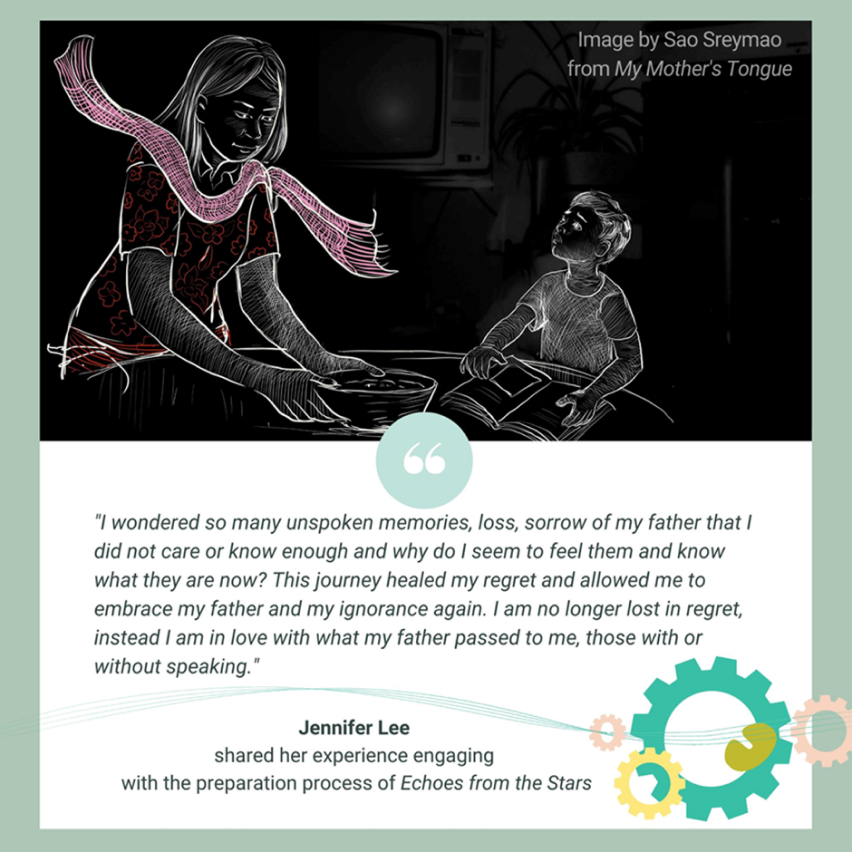
Jean-Baptiste Phou’s participatory digital exhibition My Mother’s Tongue
as part of the Meeting Point 2022
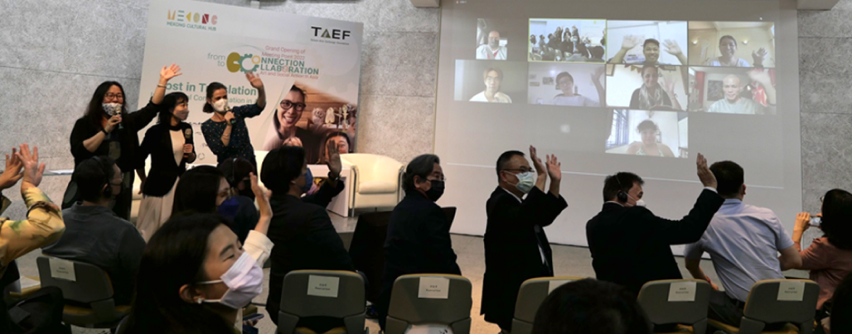
A snapshot taken during the Meeting Point 2022, the biggest event of MCH held in hybrid format.
The first year’s theme was ‘lost in translation’. How to translate culture? How can you understand others? We are not talking about translating languages. Translating culture is a very difficult task. Therefore we need to find answers by asking questions. That’s why we continue to ask why and how.
We had a discussion about our existing programs, and the keyword we used was ‘how.’ Because support programs originated from the word ‘how’ must have been created with the consideration of all possibilities, we then exchanged ideas about the feasibility, necessity, and reason for the programs with the keyword ‘why.’ In addition to this, presentations from the research participants were also meaningful. We listened to their experiences, asked individual questions, and heard about the research results or the process of how the research groups were formed. Hearing about the research was more important for MCH, as it was a good opportunity for us to find out on which points we could enhance our support. It is also the aspect I personally want to put more effort into. The theme of the upcoming 2022 Meeting Point is "From Connecting to Collaboration", which is an important topic to be discussed and reflected in cross-cultural collaboration.
There was also academic research. It was about ethnic minorities in each country. Obviously the languages and the cultures are different, but everything really is different, so it’s a very complex theme.
One artist came into contact with a minority group in a very remote area. She collected video and audio files to use them as materials. And she used music to express emotions. The documentary film she created was really lovely but sad at the same time. The ethnic minority was severely affected by the domestic political situation, and the water shortage changed the fate of their entire lives. On the subject of ethics, the artist worked with that ethnic minority group, and language translation was hugely challenging. She tried to translate into English the interviews she did with the people in the minority group, but a single word in their language would be translated into five or six sentences in English. One word of their language being translated into 5 or 6 English sentences is related to the cultural background of the minority group. In addition to that, you can also get a glimpse of their daily routines and lifestyle.
This kind of work is really interesting for me. And it is not something you get into in order to find the right answer. You do this type of work to find possibilities. We like works that explore possibility, work where it is okay to fail. I am happy to support that kind of work, and also learn a lot from it. What we want is not a sense of certainty. I just think that this is a healthy way to approach and carry out work.
Räy: That way of thinking would allow artists to share their ideas, even casual ones without hesitation. Their small ideas may be the seeds of thoughts that can change the future.
Jennifer: Go outside and observe people. For me, everyone is a teacher. I’m not better than them, but I feel that everyone is amazing. I really think that I can call this a blessing. It’s not that I’m better than them, but it’s a blessing to be able to feel that each individual is special and wonderful. The same goes for art. The art we experience is something very personal and no two art works are the same. If we respect all that we experience, we can reverse that into an expression of art. All of these are interconnected. I think this is the power of art. I think that is another way of expressing our sense of solidarity. With this sense of solidarity, you are no longer isolated and you are not alone. This is the world I want to live in.
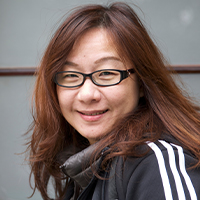
Jennifer Lee
Jennifer Lee majored in Cultural Policy and Arts Management. She is now in charge of program development, production and organization as well as project management, review and reports at MCH. In addition, she has been planning and executing workshops and arts education curricula that involve audience development, performance services, creative project management, and program planning in various performing arts disciplines for over 20 years. She is mainly focused on; creating a sustainable ecosystem for arts and culture projects; promoting arts’ social engagement; building a multi-mechanism for talent nurturing; multicultural learning and understanding through exchanges; and creating an arts and culture ecosystem that facilitates local cultural exchanges and collaborations.
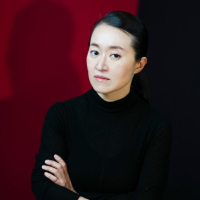
Räy Lee
Räy is a performing arts director and scenographer working in Korea and Germany. She creates contemporary performing arts works including opera, musical theater, theater, dance and multidisciplinary arts. She also creates works in the contemporary visual arts. She is Artistic Director of the performing group ’Berlin Byproduct’ and the president of ’Berlin-Soo’, a German language creative performing arts institute. In recognition of her contribution to performing art and cultural exchange between Korea and Germany, she was awarded the DAAD Award. As a founding member of the Berlin performance group Oper Dynamo West, she worked with the group from 2005 to 2015. She published a collection of performing art works, Stadt als Bühne. (Published by By Hatje Cantz, German art publisher in 2010) / instagram: @raeyslee








 PREV
PREV
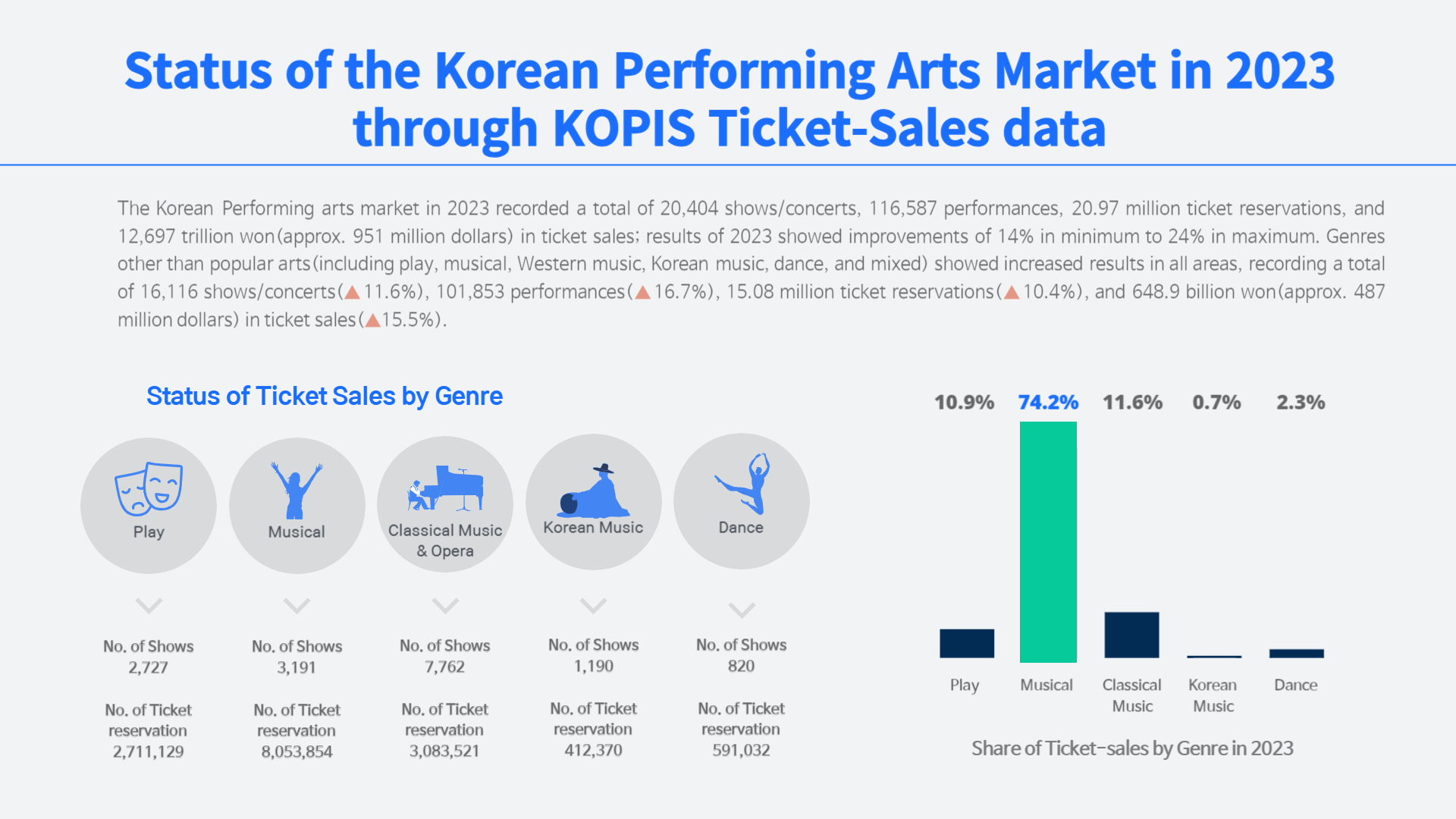
.jpg)
.jpg)
.jpg)
.jpg)











